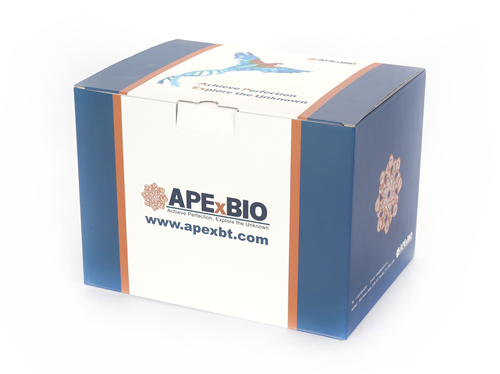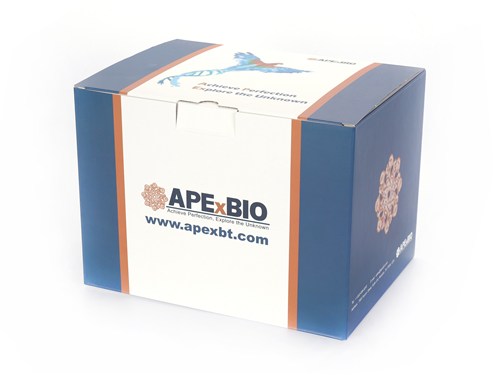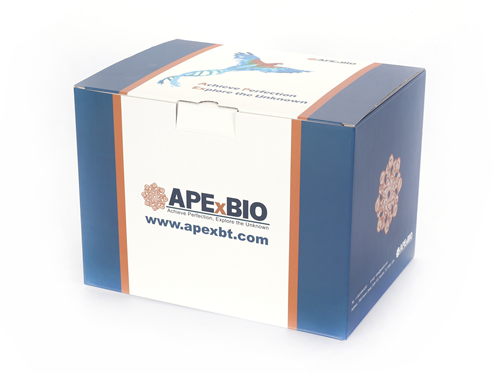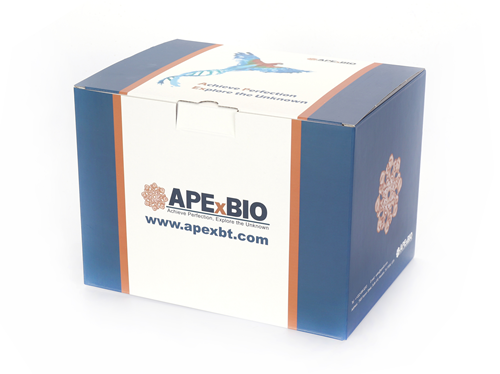Peptides and proteins are an important subcategory of signaling pathways in living organisms. These signaling molecules play a crucial role in transmitting messages within cells and between cells, coordinating various physiological processes and responses. Peptides are short chains of amino acids, while proteins are larger molecules made up of one or more polypeptide chains.
Peptides and proteins act as signaling molecules by binding to specific receptors on the cell surface or inside the cell. This binding triggers a series of intracellular events that ultimately lead to a cellular response. These molecules are involved in a wide range of signaling pathways, including those regulating cell growth, differentiation, metabolism, and immune responses.
Some well-known examples of peptide and protein signaling molecules include growth factors, cytokines, hormones, and neurotransmitters. Dysregulation of these signaling pathways can lead to various diseases and disorders, making peptides and proteins attractive targets for therapeutic interventions. Researchers continue to study and explore the diverse roles of peptides and proteins in signaling pathways to gain a better understanding of their mechanisms and potential clinical applications.










Whether you are looking to place an order or simply want to learn more about our extensive range of products, we are here to assist you every step of the way.